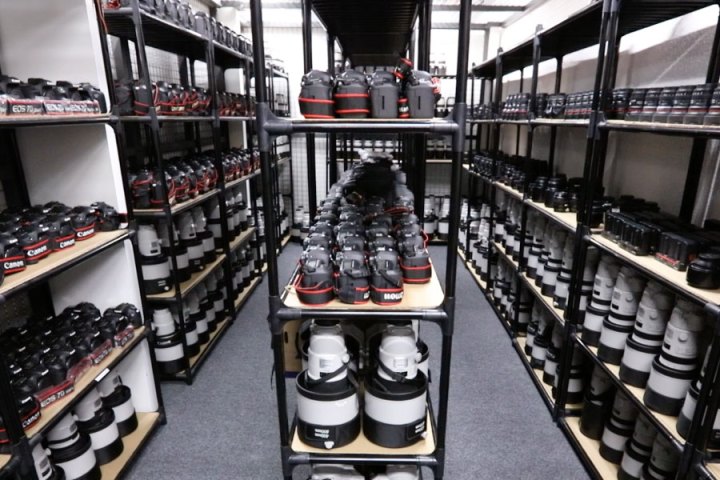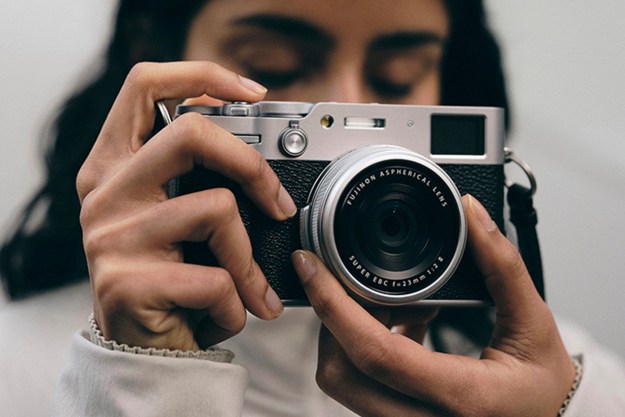
Canon’s commitment to the Olympics may be impressive, but it shouldn’t come as any surprise. Photography and television play a crucial role in sharing the stories of the Olympic games with audiences all around the world, and the majority of U.S.-based news photographers at the Games shoot Canon cameras, according to the company. If a piece of equipment fails, it’s imperative — both to the user and Canon’s reputation — that it be fixed on location as quickly as possible.
“Photographing large sporting events for thousands of news outlets and an audience of billions requires meticulous planning and technical resilience,” said Kevin Coombs, editor-in-chief for Reuters, in a statement released by Canon.
As news outlets try to push the limits of what’s possible in how they cover the Games, Rio will present new technical challenges for photographers. Getty Images, for examples, will rely on remote-controlled robotic camera platforms to capture new perspectives. Specifically, the stock agency will use Canon’s ultra-wide angle zoom lens, the EF 11-24mm f/4L, in underwater robotic rigs. Mounted on the flagship Canon EOS-1D X Mark II, photographers will have a fully networked solution for instant image saving and sharing.
That’s a lot of moving parts, but Getty and Canon are confident that everything will work. Getty personnel have been in Rio since July, building and testing various robotic systems. “We recently used the new underwater system and the images were remarkable,” Said Ken Mainardis, vice president of Sport at Getty. “We’re looking forward to using our Canon gear to capture more fantastic underwater imagery.”
With the amount of gear, talent, and technical firsts on hand in Rio, viewers will have unprecedented access to the Games. While living conditions may leave something to be desired for athletes and members of the press attending the event, this year’s Olympics should at least be one of the best to watch from the comfort of your living room. The opening ceremony kicks off Friday, August 5.





